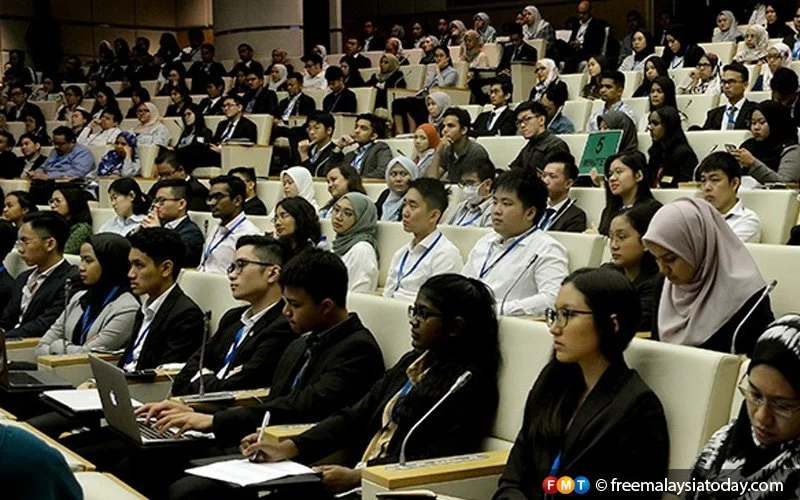
PETALING JAYA: Racial quotas for education have long been a hotly debated issue, with critics arguing that it discriminates against non-Bumiputera students.
But many have defended the policy, citing the need to give disadvantaged students from poorer families and rural areas opportunities to further their education.
FMT spoke to Lee Hwok Aun of the ISEAS-Yusof Ishak Institute on the history of the quota system, the arguments surrounding the issue and proposals on the way forward.
Origins of quota system
Lee said a comprehensive quota system was introduced through the New Economic Policy in the 1970s, following the May 13 racial riots in 1969.
The NEP had two objectives, to eradicate poverty irrespective of race, and accelerate social restructuring to eliminate “the identification of race with economic function”.
Lee said the second objective was the foundation of the quota system as it sought to increase the Bumiputera presence in areas where they have historically been under-represented, such as higher education and business ownership.
“Alongside the admissions quota (in universities), the pre-university system also provides preferential access for Bumiputeras, most notably, the matriculation colleges and foundation courses,” he said.
In 2002, the government abolished race-based admissions to public universities.
However, the quota system remains in the matriculation colleges with a 90% quota for Bumiputeras, while certain foundation courses are exclusively for Bumiputeras.
Has the quota system achieved its goal?
In December last year, then higher education minister Khaled Nordin said Bumiputera students constituted 81.9% of students in public universities, more than quadruple the number of non-Bumiputera students (18.1%).
Lee said data from the 2021 labour force survey showed that 36% of Bumiputeras in the workforce have tertiary education certificates compared to Chinese (39%) and Indians (35%).
But he said these numbers do not necessarily prove the quota system has met its goal.
While large numbers of Bumiputera graduates have been produced by local universities, the quality of local graduates has come under scrutiny by employers.
“Matriculation colleges and foundation programmes provided access (to many), but their shortened and simplified syllabuses have under-equipped students for university-level studies,” Lee said.
There are also grouses that the quota system denies qualified non-Bumiputera students a spot in matriculation colleges and this in turn contributes to a “brain drain”.
“The problem was perhaps more acute before the 1990s,” Lee said. “Since the proliferation of private higher education in Malaysia, alternatives to the public universities have become more affordable than before.”
Lee also said more attention needs to be given to East Malaysian Bumiputeras and students from the lowest income segments such as the Bottom 10.
Improving the quota system
Lee said debates around the quota system should move away from simplistic conclusions such as whether it should be retained or otherwise, as “need, merit, and identity” were relevant considerations in university admissions.
He said striking a balance between “need, merit, and identity” would ensure that academic standards are maintained, disadvantaged students are aided, and the universities’ demographics are reflective of the population.
Lee said Malaysia could take a lead from South African universities, which strategically empower the disadvantaged black majority and address socioeconomic inequalities.
For example, the University of Cape Town operates three rounds of admissions, with one cohort admitted solely based on academic qualifications.
The second round of admission awards extra points to disadvantaged students as a reflection of their challenging circumstances; while the last round strives to foster diversity after the results of the first two rounds. - FMT


No comments:
Post a Comment
Note: Only a member of this blog may post a comment.